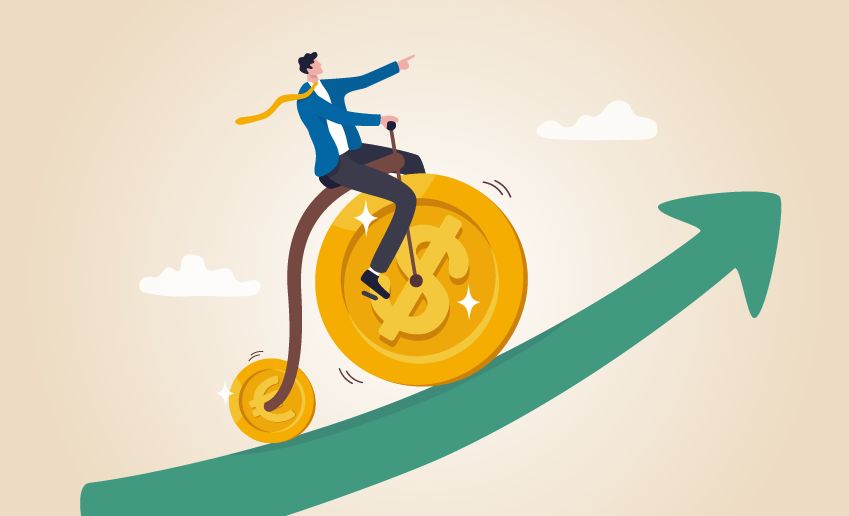Gregory Heym is Chief Economist at Brown Harris Stevens. His weekly series, The Line, covers new developments to the economy, including trends and forecasts. Read on for the latest report and subscribe here to receive The Line in your inbox.
Today, we have the latest on inflation, and tell you how much the U.S. national debt "inflated" in the past three months.
Inflation Higher than Expected in December
The scariest words in economics these days are “higher than expected.” We saw that last week with the December jobs data and got it again yesterday morning with the consumer price index.
Here are the highlights of the report:
-
Consumer prices rose 0.3% in December, and are up 3.4% from a year ago. Both figures were higher than expected.
-
“Core” CPI—which excludes food and energy prices—rose 3.9% over the past year, also higher than expected.
-
Shelter continues to be the main driver of inflation, accounting for more than half of the monthly CPI increase. Shelter costs are up 6.2% over the past year.
-
Those interested in the annual increase in price by item can find it here.
To be clear, this wasn’t a terrible report on inflation. The monthly change in core CPI—something markets watch very carefully—came in as expected at 0.3%. This is good news, as core inflation can take longer to come down than the headline number.
The Fed may be done hiking rates, but that doesn't mean inflation is no longer a concern. Prices are still rising much faster than the Fed’s 2% target rate, companies remain desperate for workers, consumers are still spending, and wages are rising at a 4.1% annual rate.
Inflation has come down significantly—in December 2022 the annual rate was 6.4%—but don’t expect rate cuts from the Fed anytime soon. As I said in last week's column, I wouldn’t expect them to do anything until the second half of 2024. Anything earlier than that would be very irresponsible of them.
$510 Billion in Just Three Months!
Nope, that’s not what Shohei Ohtani will earn this year, it’s the budget deficit run up by the federal government in the first three months of their fiscal year. This pushed the total government debt above $34 trillion for the first time. These figures are scary for a variety of reasons, most notably the sharp rise in interest rates on the debt we use to finance this spending. FYI, the U.S. government paid nearly $660 billion in interest last year, a figure that at this rate of spending will be much higher this year.
I’m not putting the blame on any one political party, as both have been guilty in running up this debt. I’m also not trying to scare anybody, as I’m very confident we can still pay our bills. My only comment is that running up this much debt will inevitably take money away from private-sector investment, hurting economic growth down the road.
